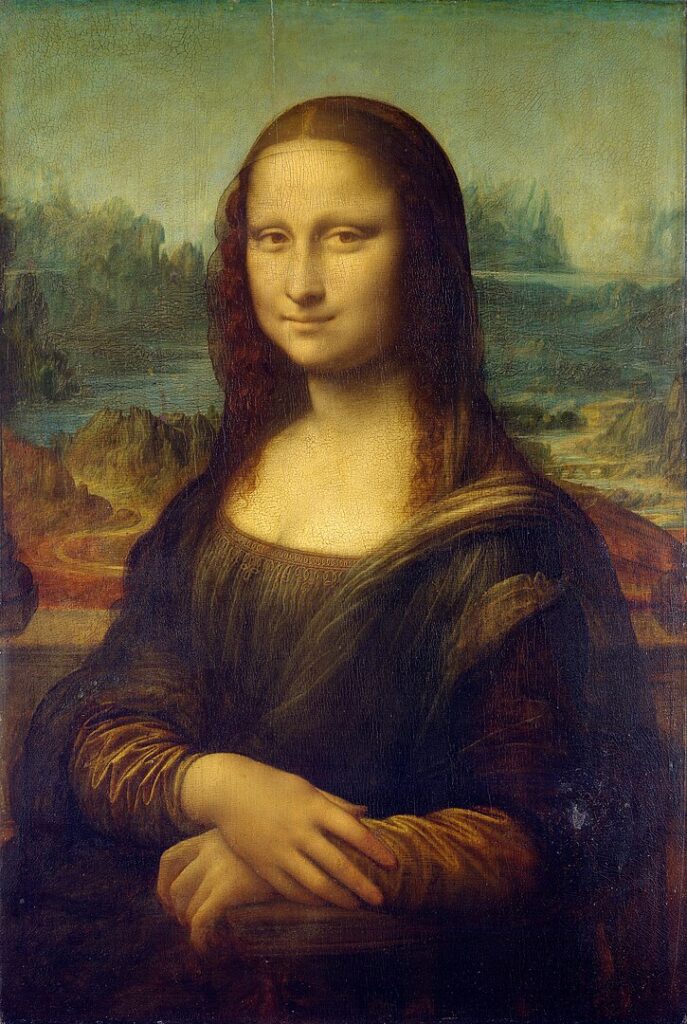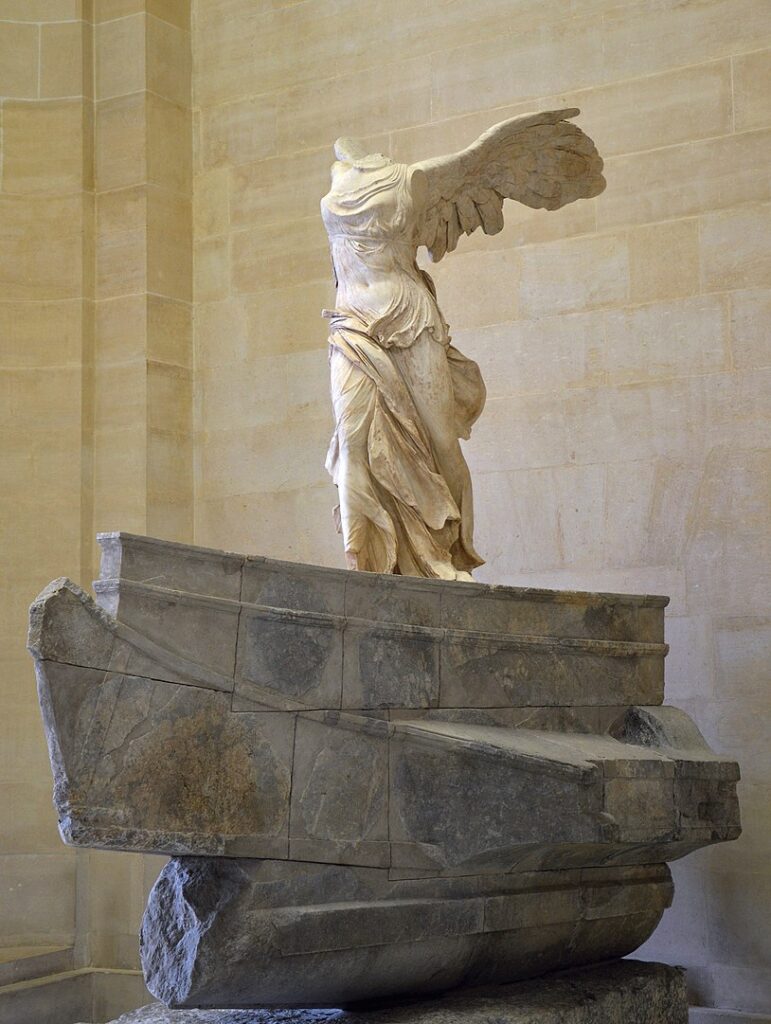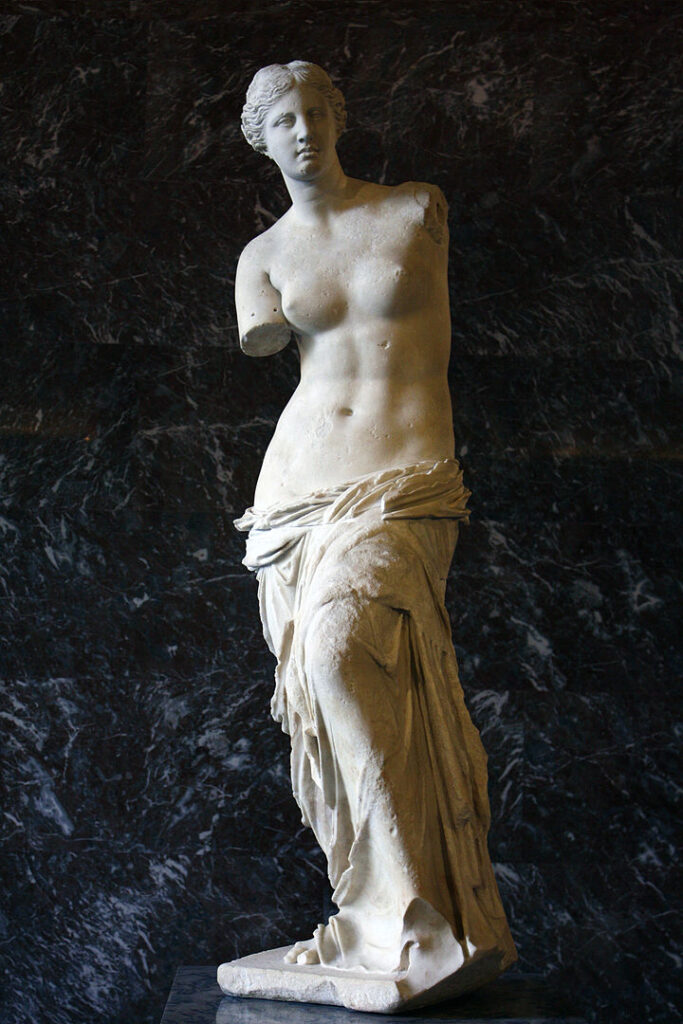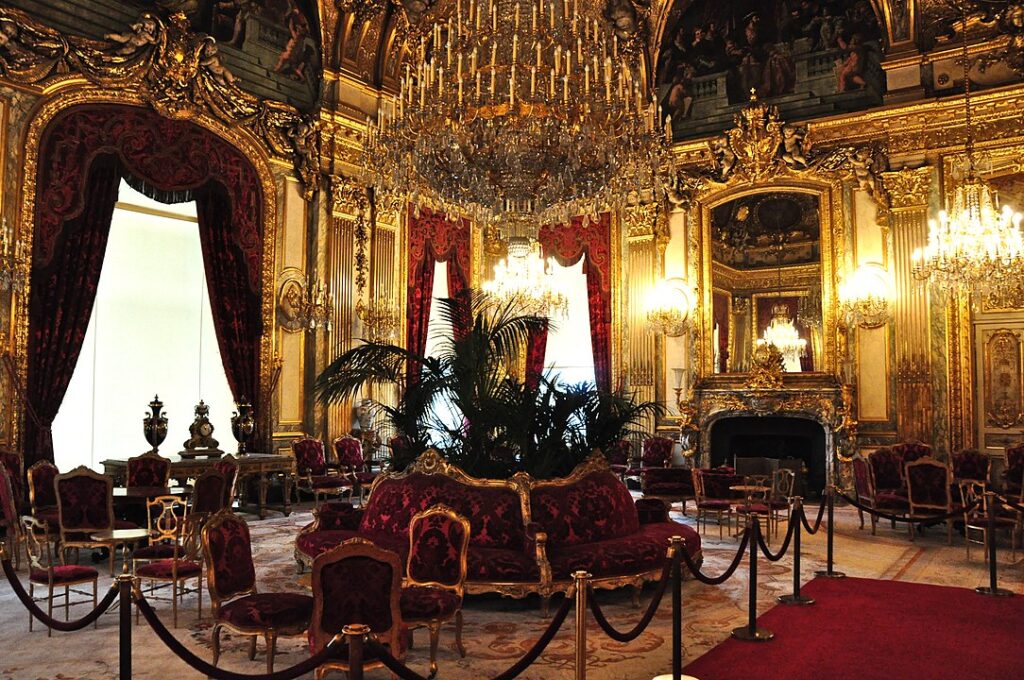The Best of the Louvre in Just 2 Hours: The Masterpieces Not To Miss
If you’re visiting the Louvre and only have two hours, it’s important to know what to see. This shortlist highlights the must-see pieces based on their fame, historical importance, and how well they show different styles and eras. I picked these items to give you a mix of world-famous masterpieces, unique art forms, and top visitor favorites. With this guide, you’ll get the best of the Louvre in a short visit without feeling overwhelmed.
Note: the Denon Wing holds many of the Louvre’s most popular and significant masterpieces that draw large crowds and represent major art movements. It makes sense to see multiple works from this wing if you have limited time.
1. Mona Lisa (La Joconde)

The Mona Lisa (French name “La Joconde”) by Leonardo da Vinci is the Louvre’s most famous painting, drawing millions of visitors each year. Painted between 1503 and 1506, it portrays Lisa Gherardini, a woman from Florence, with her subtle, enigmatic smile that has sparked endless curiosity. Her eyes seem to follow you wherever you move. The portrait illustrates da Vinci’s masterful use of sfumato, a technique that blends colors smoothly for lifelike depth. Located in the Denon Wing, Room 711 – the crowd around her is usually big but seeing her up close is worth it for the experience
2. The Winged Victory of Samothrace

The Winged Victory of Samothrace, created around 190 BC, is an impressive ancient Greek marble sculpture found at the top of the Daru staircase in the Denon Wing. Depicting Nike, the goddess of victory, it stands with wings outstretched as if just landing on the prow of a ship. Despite missing its head and arms, the sculpture captivates you with its dramatic presence.
3. Venus de Milo

The Venus de Milo is an ancient Greek statue of Aphrodite, the goddess of love and beauty, sculpted around 100 BC. It is displayed in the Sully Wing, Room 346. Discovered on the island of Milos in 1820, this iconic statue is famous for its missing arms. The work is admired for its exquisite craftsmanship, balanced proportions, elegant drapery and graceful form.
4. Liberty Leading the People by Eugène Delacroix

Liberty Leading the People by Eugène Delacroix is an iconic painting that commemorates the July Revolution of 1830 in France. A powerful piece that shows Liberty personified as a woman leading a group of revolutionaries over a barricade, with the French tricolor flag held high. The painting is full of symbolism, with Liberty representing the spirit of freedom and resistance. The painting includes people from different social backgrounds, emphasizing unity in the fight for justice. Located in the Denon Wing, Room 700.
5. The Raft of the Medusa by Théodore Géricault

The Raft of the Medusa is an epic painting that captures a real-life tragedy from 1816 when the French frigate Méduse ran aground off the coast of Senegal. Painted by Théodore Géricault between 1818 and 1819, this massive artwork (about 16 by 23 feet) depicts the desperate survivors clinging to a makeshift raft, signaling for rescue. The painting is located in the Denon Wing, Room 700.
6. The Great Sphinx of Tanis

The Great Sphinx of Tanis is a massive ancient Egyptian statue located in the Sully Wing, Room 338. Dating back to around 2600 BC, it is one of the largest sphinxes outside of Egypt. Carved from a single block of granite, it has the body of a lion and the face of a pharaoh – strength and wisdom. This statue embodies the grandeur of ancient Egypt and the craftsmanship and scale that have preserved its presence for thousands of years.
7. Napoleon III Apartments

The Napoleon III Apartments, in the Richelieu Wing, showcase the height of 19th-century French luxury during the Second Empire. Built between 1852 and 1870, these rooms were used for official state functions and reflect the opulent lifestyle of Napoleon III. The apartments include elaborate chandeliers, gilded moldings, and fine furnishings that illustrate the craftsmanship and wealth of that time. Visitors can explore the grand dining room, salons, and reception areas.
8. Code of Hammurabi

The Code of Hammurabi is one of the earliest and most complete written legal codes, dating back to around 1754 BC. It is carved on a large black diorite pillar and was created during the reign of King Hammurabi of Babylon. This artifact, displayed in the Richelieu Wing, Room 227, features 282 laws covering a wide range of topics like trade, property, family, and crime, with the principle of “an eye for an eye” being famously associated with it. The top of the stele shows Hammurabi receiving the laws from Shamash, the sun god and god of justice, symbolizing the divine origin of these laws.
